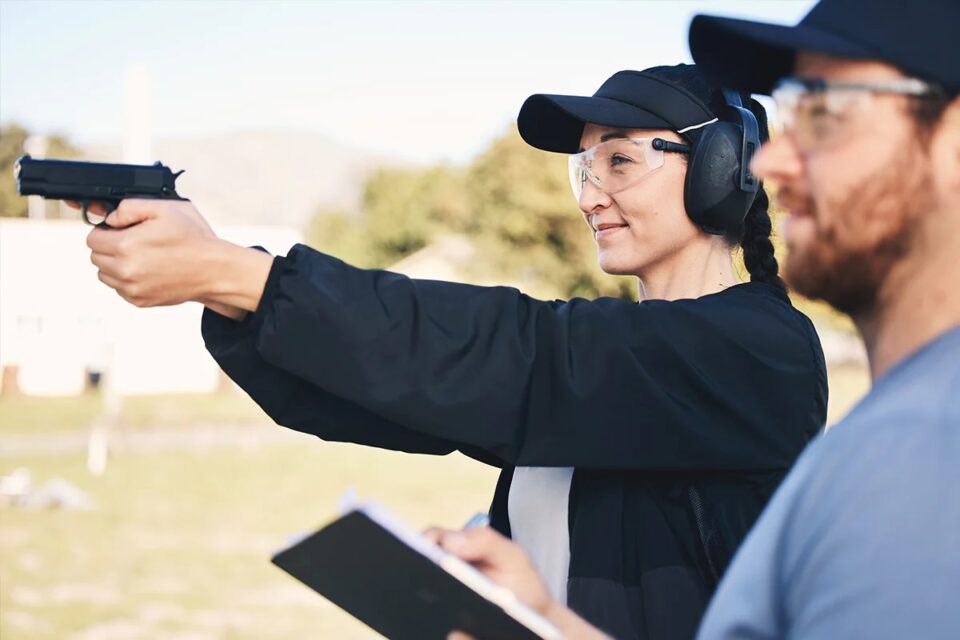In the realm of firearms, the pursuit of precision, reliability, and performance has driven the development of a range of advanced enhancement techniques. These methodologies not only improve the operational capabilities of firearms but also ensure greater safety and user compatibility. Here we delve into the latest advancements in firearm enhancement techniques, exploring their mechanics, benefits, and applications across various sectors.
-
Precision Barreling
The accuracy of a firearm significantly depends on the quality of its barrel. Precision barreling involves the meticulous crafting and finishing of firearm barrels to achieve superior accuracy. Techniques such as button rifling, broach rifling, and hammer forging are employed to create barrels with optimal internal geometries and surface finishes. Advanced materials like stainless steel and carbon fiber are also used to reduce weight without compromising durability. This enhancement is particularly beneficial for competitive shooting and sniper applications where accuracy is paramount.
-
Recoil Reduction Systems
Recoil can affect shooting accuracy and user comfort. The development of advanced recoil reduction systems has been a game-changer, especially in high-caliber firearms. These systems use hydraulic buffers, muzzle brakes, and recoil compensators to dissipate energy and reduce the backward motion experienced by the shooter. By mitigating recoil, these systems enable faster follow-up shots, improved accuracy, and enhanced user comfort during prolonged shooting sessions.
-
Custom Trigger Mechanisms
The trigger is the critical interface between the shooter and the firearm. Enhancements in trigger mechanisms have focused on improving the smoothness, consistency, and adjustability of the trigger pull. Technologies like adjustable triggers allow shooters to customize the trigger pull weight to their preference, enhancing shooting precision and responsiveness. This enhancement is crucial for competitive shooters who require a consistent trigger feel for optimal performance.
-
Advanced Optics and Sighting Systems
The integration of advanced optics and sighting systems has revolutionized firearm accuracy and targeting capabilities. Innovations in this area include smart scopes equipped with range finders, ballistic calculators, and environmental sensors that provide real-time data to shooters. These smart scopes can automatically adjust for variables such as wind, temperature, and elevation, significantly improving shot accuracy over long distances. Additionally, night vision and thermal imaging capabilities extend the usability of firearms under all lighting conditions.
-
Modular Firearm Systems
Modularity in firearms design allows for the easy customization and adaptation of a firearm to different roles and preferences. Through the use of interchangeable parts such as barrels, stocks, and grips, shooters can modify their weapons for specific tasks, conditions, or ergonomics. This flexibility enhances the utility and longevity of firearms, as components can be upgraded or replaced to meet evolving needs or preferences.
-
Coating and Surface Treatment
Advanced coatings and surface treatments enhance the durability, reliability, and performance of firearms. Techniques such as Physical Vapor Deposition (PVD), Diamond-Like Carbon (DLC) coating, and Nitride treatments improve wear resistance, reduce friction, and protect against corrosion. These treatments ensure that firearms can withstand harsh conditions and prolonged use, maintaining their performance over time.
-
Smart Gun Technology
Smart gun technology represents a significant advancement in firearm safety and security. These firearms incorporate biometric sensors, RFID chips, or mechanical locks that allow only authorized users to operate the gun. This technology aims to prevent accidental discharges, unauthorized use, and theft, addressing key concerns regarding firearm safety in both civilian and law enforcement contexts.
Applications Across Sectors
- Military and Defense: Advanced enhancement techniques are crucial for the reliability, accuracy, and durability demands of military operations. Innovations like recoil reduction systems and advanced optics are particularly valued for improving combat effectiveness and soldier safety.
- Law Enforcement: For law enforcement officers, reliability and precision are paramount. Custom trigger mechanisms and smart gun technology enhance both the performance and safety of firearms used in the line of duty.
- Competitive Shooting: Precision barreling and advanced sighting systems cater to the exacting standards of competitive shooters, enabling them to achieve superior accuracy and consistency.
- Hunting and Recreational Shooting: Enhancements like modular firearm systems and advanced coatings improve the versatility and longevity of firearms used in hunting and recreational shooting, offering users a tailored shooting experience.
Conclusion:
The advancements in firearm enhancement techniques represent a blend of engineering excellence and technological innovation aimed at pushing the boundaries of firearm performance. These enhancements not only improve the operational capabilities of firearms but also address important aspects of safety and user experience. As technology continues to evolve, we can expect further innovations that will redefine the standards of firearm design and functionality, ensuring that firearms remain effective, reliable, and safe tools for a wide range of applications. Through the expertise of companies like Apex Tactical, the field continues to advance, offering cutting-edge solutions for firearm enthusiasts and professionals alike.

